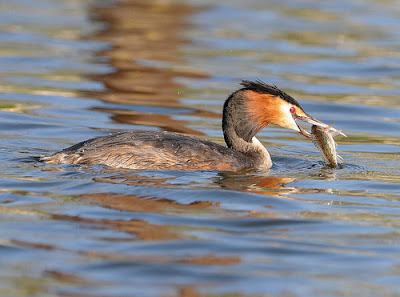from
Behind the French Menu
by
Bryan G. Newman
Your breakfast menu may offer Chausson aux
Pommes, a warm or hot, apple pie and a light lunch menu may be a Chausson au
Jambon et Fromage, a hot ham and cheese pie. The dessert menu may offer a
Chausson aux Poires, a pear pie. A bistro dinner menu may suggest a Chausson
aux Pommes et au Boudin Noir, a Chausson with apple and black pudding.
N.B. Chausson in French also means slippers,
the ones you may wear at home, or possibly to a ballet class, so be careful
where and when you ask for Chaussons.

Chaussons = Slippers.
Be careful what you order
Photograph courtesy of ruurmo
www.flickr.com/photos/rufino_uribe/182618037/
A Chausson is much more than what some guidebook translations
call a turnover. Turnovers are usually made with phyllo or filo pastry. To
begin with and a Chausson is not made with phyllo pastry. A chausson will be
made with the flaky French puff pastry called pâte choux or with pâte
feuilletée. The pastry used depends on the filling. In any case, the difference
between the pastry used for a Chausson and phyllo pastry is not in the outside
appearance; the difference is in the amount of butter used, the taste, and the
texture.
A few of the many Chaussons that may be on your menu:
Chaussons
aux Cerises – Chaussons filled with cherries
Chausson
aux Champignons –
Chaussons filled with button
mushrooms
Chaussons au Fromage et Lardons – A chausson filled with cheese
and bacon pieces.
Chausson au Jambon - A Chausson filled with ham;
usually, this is the ham used in ham sandwiches. This ham is called Jambon
Blanc, white ham, or Jambon de Paris, in France. If Cured ham, Jambon Sec, is
used, it will undoubtedly be noted on the menu. Cured hams are
called dry-cured hams in the UK and country hams in North America.
Chaussons au Magret
de Canard – Chaussons filled with
sliced duck breast.
Chaussons au Poulet – Chaussons filled with chicken.
Chausson de Poires au Chocolat -
A chausson with pears, served with a chocolate sauce.

Apple chaussons.
Photograph
courtesy of fugzu
www.flickr.com/photos/70253321@N00/8631650608/
Chaussons
au Thon – Chaussons with tuna.
Chaussons aux Pommes – Chaussons with apples.

Chaussons on sale in a patisserie.
Photograph courtesy of Jean-Pierre
www.flickr.com/photos/cjp24/5965450395/
Chausson Camembert-Bacon – A Chausson filled with Camembert
cheese wrapped in bacon
and cooked together. In France, the word bacon and the word lard both mean
bacon. Lard does not mean pig fat in French; that would be saindoux.
Chausson
de Reblochon sur
Lit de Salade -
A chausson filled with Reblochon
cheese and served on a bed of salad
greens.
Chausson Feuilleté de Courgette et
Jambon – A chausson
made with interleaved
slices of courgettes and boiled ham. (The courgette is called by the
same name in the UK while in the USA it is a zucchini).
Le Barbajuan.
Le Barbajuan - A small
Chausson, claimed as their own by both Nice, Monaco, and
Menton. They call them a small Chausson, but they are mostly seen when
deep-fried. I enjoyed one in Monte Carlo, and it was delicious but very
different. Since this is deep-fried in the rest of France, it would usually be
called a Beignet, not a Chausson.
The puff-pastry used to make chaussons will usually
be Pâte Choux but occasionally Pâte Levée Feuilletée may be used.
Pâte Choux– One of France’s most popular puff pastries and it is
the puff pastry used for éclairs, chou à la crème, chaussons and profiteroles,
etc.
Pâte Levée Feuilletée or Pâte à Croissants – The yeast-based dough
made for croissants. The difference between Pâte Levée Feuilletée and Pâte
Feuilletée is the yeast used. Frozen pastry for croissants is available in the
supermarkets; however, you will enjoy your croissant much more if you buy them
already made where a trained pastry chef will make their own pâte levée feuilletée, and that will contain over 40% - 50% butter by weight!
--------------------------------
Searching for the meaning of words, names or phrases
on
a French menu?
Just add the word, words, or phrase that you are searching for to
the words "Behind the French Menu" (best when including the inverted
commas), and search with Google. Behind the French Menu’s links, include
hundreds of words, names, and phrases that are seen on French menus. There are
over 450 articles that include over 4,000 French dishes with English
translations and explanations.
------------------
Behind the French Menu
by
Bryan G. Newman
Copyright 2010, 2016, 2021
--------------------















